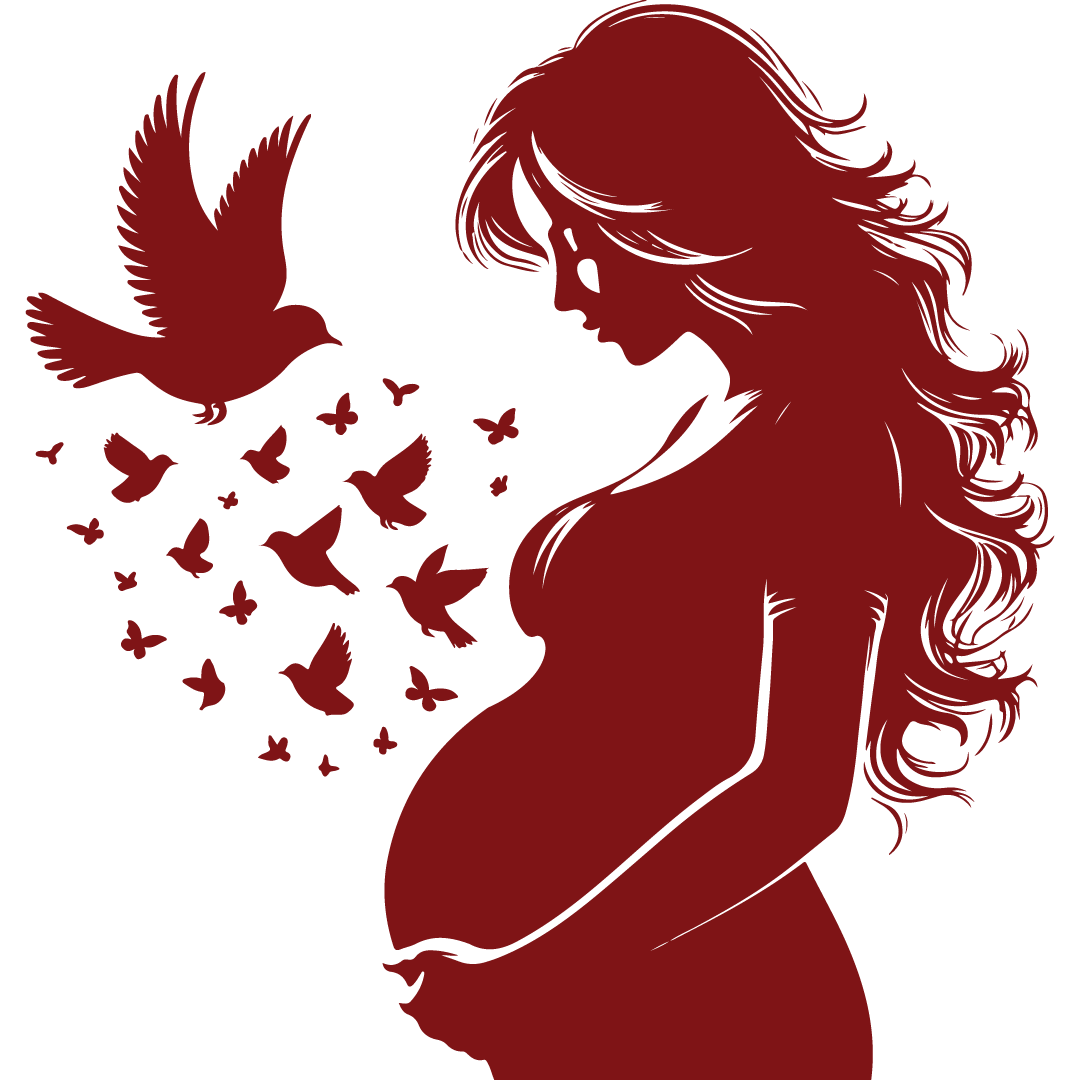
Nurturing Breastfeeding: Understanding and Overcoming Breast Pain
Published: December 6, 2025
Understanding the 5 Most Common Reasons for Breast Pain During Breastfeeding
Breastfeeding is a beautiful and bonding experience, but it can sometimes come with challenges, including breast pain. While some discomfort may be normal initially, persistent pain is often a sign that something needs to be addressed. Understanding the most common reasons for breast pain during breastfeeding can help mothers find relief and continue their breastfeeding journey with confidence. Here are the top five causes of breast pain and how to manage them:
1. Improper Latch
One of the most frequent causes of breast pain is an improper latch. When the baby does not latch onto the breast correctly, it can lead to sore, cracked, or bleeding nipples. A proper latch ensures that the baby’s mouth covers the areola, not just the nipple, allowing for effective milk transfer and reduced pain.
Seek guidance from a lactation consultant to ensure your baby is latching correctly. Trying different breastfeeding positions, such as the cradle hold or football hold, can also help. Choose a position that is comfortable for you and the baby.
2. Engorgement
Breast engorgement occurs when the breasts become overly full of milk, leading to swelling, tightness, and pain. This often happens in the early days of breastfeeding or if feedings are missed. Engorgement can make it difficult for the baby to latch properly, compounding the discomfort.
Feed your baby frequently or pump milk to relieve engorgement. Applying warm compresses before feeding and cold compresses afterward can help reduce swelling and pain.
3. Blocked Milk Ducts
A blocked milk duct can feel like a painful lump in the breast and may cause localized tenderness. This happens when milk gets trapped in the duct, often due to inadequate drainage or pressure on the breast from tight clothing.
One must continue breastfeeding to keep milk flowing. Gentle massage of the affected area and warm compresses can help clear the blockage. If the issue persists, consult a healthcare professional.
4. Mastitis
Mastitis is a breast infection that occurs when bacteria enter the breast tissue, often through cracked nipples or as a result of untreated engorgement or blocked ducts. Symptoms include redness, swelling, pain, and flu-like symptoms such as fever and fatigue.
Take rest, stay hydrated, and continue breastfeeding or pumping to drain the breast. Antibiotics may be required, so consult a doctor if symptoms worsen or persist.
5. Thrush
Thrush is a yeast infection that can develop on the nipples and be transmitted between mother and baby. It often causes a burning or shooting pain during or after feeding and may be accompanied by redness or shiny skin on the nipples.
Antifungal creams or medications prescribed by a healthcare provider are effective in treating thrush.
Conclusion
While breast pain during breastfeeding can be discouraging, identifying and addressing the root cause can lead to significant relief. Whether it’s an issue with latch, engorgement, blocked ducts, mastitis, or thrush, support is available. Don’t hesitate to reach out to a lactation consultant or healthcare professional for personalized advice. With the right guidance and care, breastfeeding can become a comfortable and joyful experience for both mother and baby.
